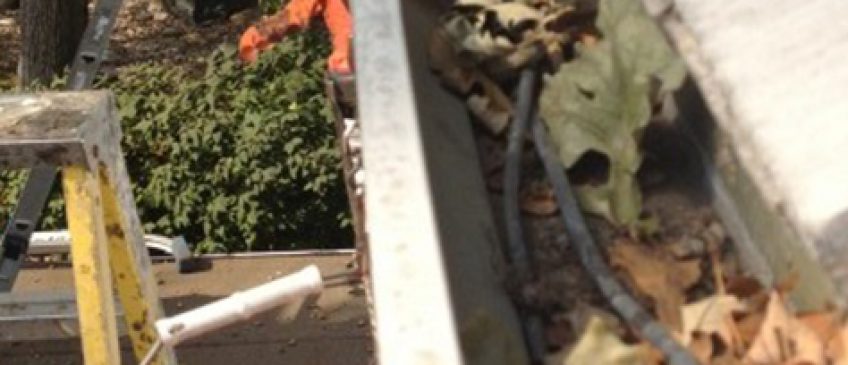With all the excitement of becoming a new homeowner, it’s easy to overlook signs that the potential home of your dreams may need some repair work. When touring various houses, knowing what signs of deterioration or damage to keep an eye out for is essential to avoiding expensive repair costs further down the road. Before you get too attached to a possible home, here’s a few inspection tips for new homeowners to keep in mind so you don’t make a housing purchase you wind up regretting:
Water damage
Traces of water damage should never be taken lightly, and failing to find the signs of inadequate plumbing or faulty gutter systems could wind up costing you dearly in the future. The first thing you should do when checking out a house is look out for any indications of water stains. You’ll most likely find these on ceilings, but they can appear on walls throughout the house as well. Make sure you know where the piping system goes within the home, and look for any stains on materials or appliances surrounding pipes. Additionally, clogged gutter systems that may trigger water damage should be on your radar as well.
There are plenty of other signs of water damage. If you’ve noticed any swelling within the drywall or wood siding, this could mean that the material has absorbed extensive amounts of water. Detecting any crumbling wood or development of mold, algae or mildew is another red flag for water damage. Sometimes it can be hard to visually inspect for mold because walls have recently been repainted. Your sense of smell can also be a trustworthy tool for identifying water damage, and any rooms with a musty scent may have had previous repair work from excessive leaking.

Water damage could be a sign of a larger home problem.
Front and backyards
It’s easy to overlook how the exterior of the house can be a telltale sign that the interior may need repair work in the future. The yard can be a good indicator of possible problems, so make sure you take your time looking all over the exterior of the residence. Spotting areas of standing water may mean that damage to the house’s foundation over time could progress. If you see that trees on the lawn have several branches hanging over the roof, you’ll definitely need to consider investing in a gutter guard to keep debris buildup from accumulating within the gutters. A gutter guard system can also prevent landscape erosion, mold, and heaving driveways while keeping your gutters in optimal condition.
If the house comes with a patio or deck, inspect the wood to make sure there are no signs of rotting or deterioration, which could spell termite trouble.
Roof and attic
One of the most important tips for new homeowners for inspection is to check for decay on the roof or in the attic is a surefire sign that a house has some problems to address. Try to spend some time examining the roof’s shingles. Signs of curling or cupping more than likely mean you’ll need to replace significant areas of the roofing within the next few years. Gutter systems should be inspected to make sure there’s no rust. Also check for any examples of sagging, bending or detachment. In addition, it’s important to note that attics that are not insulated properly can lead to melting snow and result in an ice dam. Fortunately, a gutter guard system like LeafFilter can prevent ice dams by ensuring that your gutters are free of clogs regardless of the weather.
The attic can be difficult to initially inspect during a tour of the home, but don’t overlook it. Any cracks in the attic ceiling will lead to future problems in terms of dealing with weather conditions, so you’ll need to seal holes as soon as possible. Remember: Print out an inspection list prior to touring a house so you can always be aware of what to look out for.

